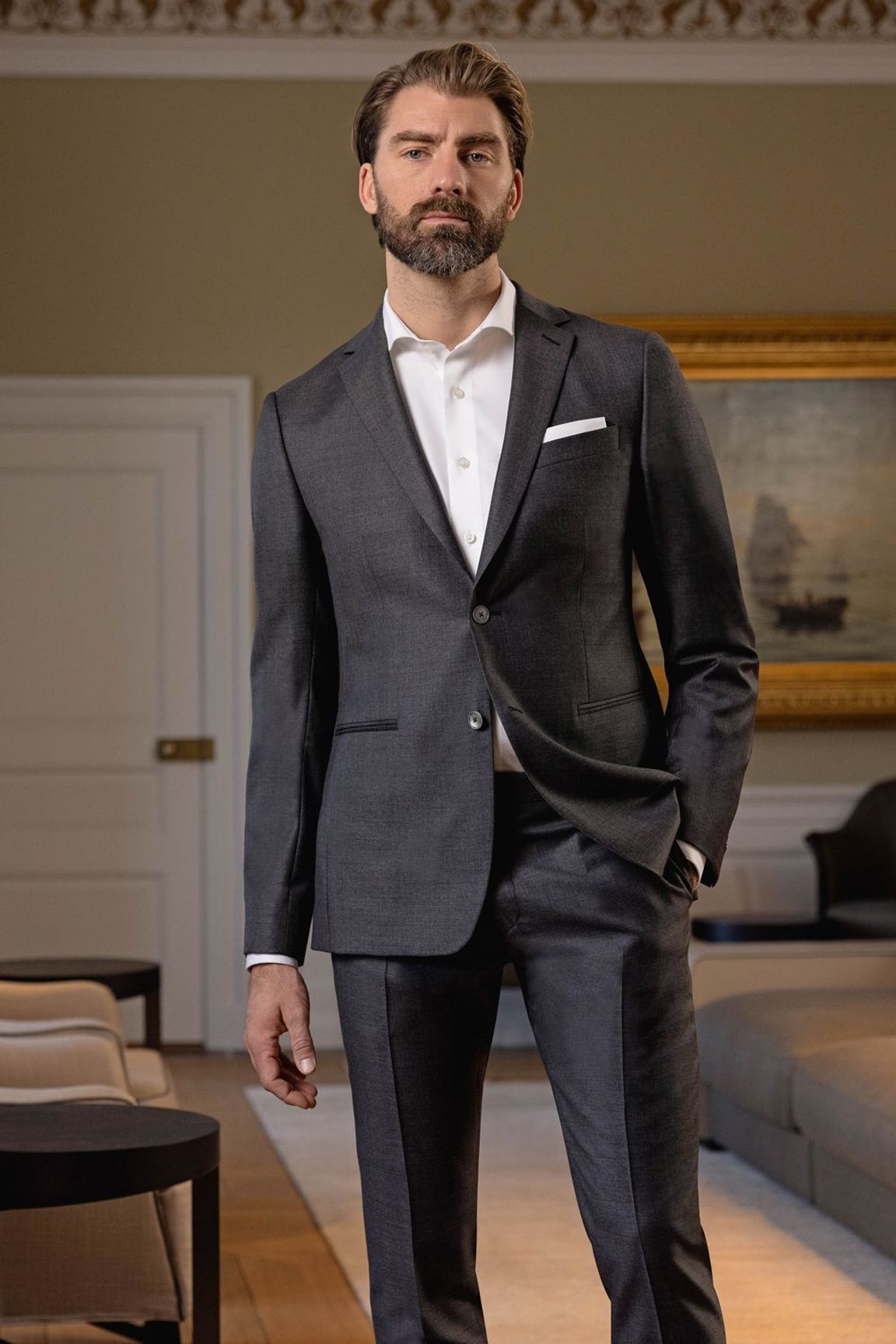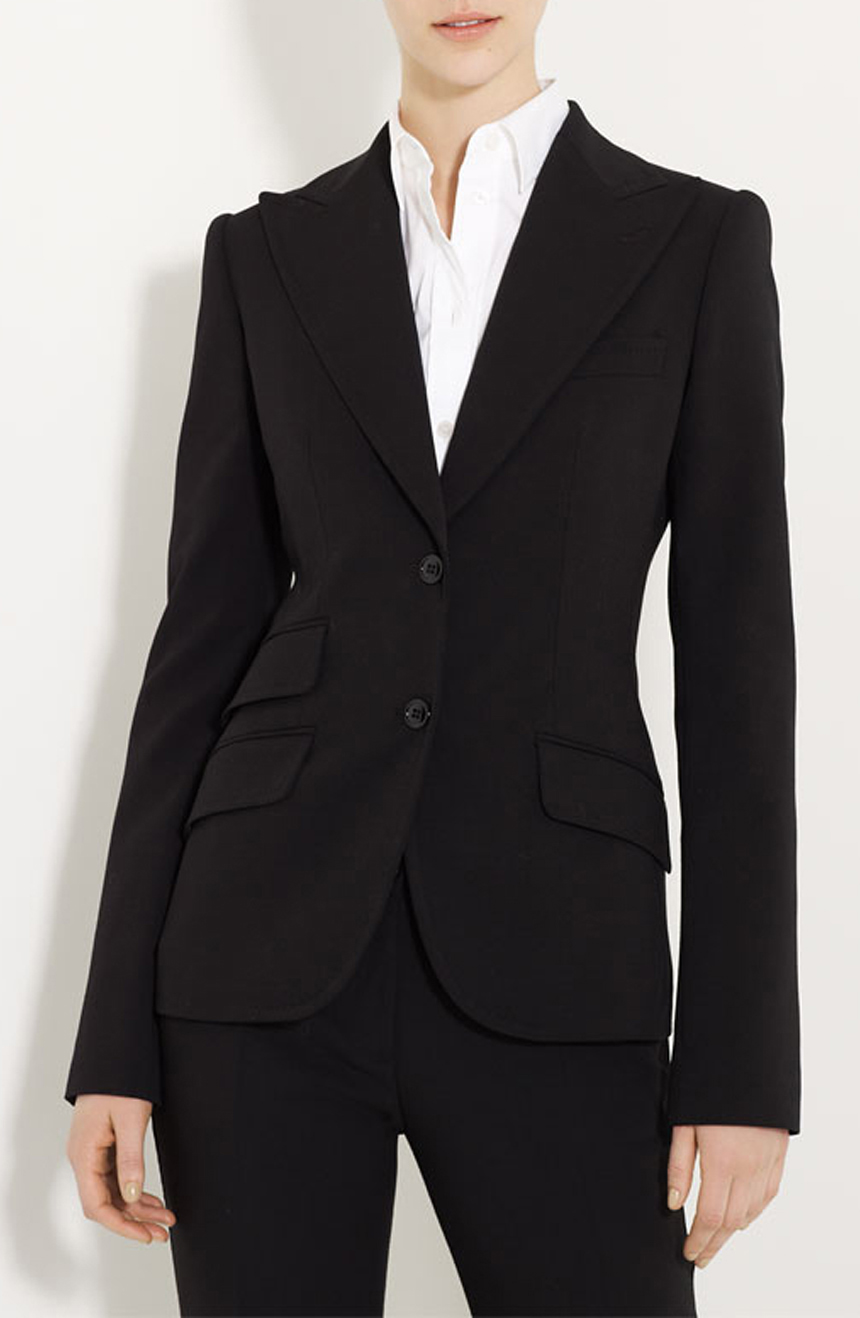Tailor Tuxedos Perth: Custom Tuxedos for Special Events
Wiki Article
Understanding the Tailoring Refine: From Textile Choice to Last Suitable for the Perfect Closet
The customizing process is a complex interaction of art and science, beginning with the crucial choice of material selection and finishing in the specific modifications of final installations. Each material type brings one-of-a-kind high qualities that influence not just the aesthetic appeal yet likewise the garment's longevity and viability for different occasions.Relevance of Material Selection
Selecting the best textile is vital in the tailoring procedure, as it directly affects the comfort, resilience, and total aesthetic of the last garment. The selection of textile sets the structure for the garment's performance, performance, and style. Various fabrics have unique homes, such as breathability, stretch, and weight, which can significantly impact just how the garment drapes and fits the body.
A tailored item made from a proper material not only showcases workmanship yet additionally elevates the user's self-confidence. Comprehending the nuances of fabric choice is vital for any kind of tailoring venture. It makes certain that the end product not only meets the visual wishes of the client however additionally straightens with practical demands, thus achieving an unified balance between form and feature in the tailored wardrobe.
Sorts Of Fabrics and Their Uses
Comprehending the various types of materials available is essential for making notified choices during the customizing process. Each textile possesses distinct characteristics that dictate its suitability for certain garments and celebrations.Cotton, understood for its breathability and soft qualities, is ideal for sportswear and summer apparel. Its flexibility enables it to be customized into every little thing from t-shirts to dresses. Woollen, on the other hand, is favored for its warmth and structure, making it an outstanding option for formal matches and outerwear. Its natural flexibility helps garments preserve form gradually.
Silk exudes high-end and is lightweight, making it perfect for eveningwear and fragile shirts; nonetheless, it calls for mindful handling due to its fragility. Linen, with its textured finish, is a preferred choice for warm environments, giving a crisp and airy feeling, yet it wrinkles quickly, which may impact the garment's look.
Artificial fabrics, such as polyester and nylon, deal toughness and resistance to creases, making them ideal for everyday wear and energetic apparel. Understanding these material types and their buildings enables for much better decision-making, ensuring that each customized piece not just fits well yet also straightens with the designated objective and celebration.
The Tailoring Methods Discussed
The art of customizing relies upon a range of techniques that transform fabric into well-fitted garments. Central to this process is pattern composing, where a dressmaker creates design templates based upon the client's measurements and desired design. This first step guarantees that the garment will certainly fit the wearer correctly prior to any kind of reducing takes place.When patterns are established, reducing strategies come into play. Precision is critical as mistakes can lead to misfitting garments. Tailors commonly use various cutting approaches, such as single-layer cutting for complex styles and multiple-layer cutting for performance on basic patterns.
Basting is one more important strategy, allowing dressmakers to momentarily stitch fabric assemble for an initial installation (tailor perth). This method supplies the chance to evaluate the drape and overall silhouette prior to last stitching
Seaming methods, consisting of flat-felled joints and French joints, boost the garment's durability and visual allure. Tailors additionally utilize strategies such as interfacing and padding to offer structure and form to particular locations, like collars and shoulders.
Last but not least, finishing strategies, consisting of hemming and side ending up, make sure the garment's long life while offering a refined appearance. With each other, these techniques form the backbone of reliable customizing, resulting in charming, custom-fit clothing.

Suitable Adjustments and Considerations
After the initial customizing strategies have been applied and the garment is created, fitting changes come to be extremely important to accomplishing the best fit. These modifications address various facets of the garment, ensuring it contours to the user's physique and boosts general appearance.The rise of trousers is another critical factor; it must sit easily her latest blog over the hips without creating discomfort, permitting convenience of motion. Hemming lengths for both trousers and skirts visit this page need to reflect the wearer's preferred design while valuing proportions.
Furthermore, interest should be given to the rear of the garment, ensuring that there are no undesirable pulls or excess fabric - wedding suits perth. Each adjustment needs to be carefully considered, as even minor changes can dramatically affect the overall fit and visual of the customized piece, eventually resulting in a closet that emanates confidence and elegance
Preserving Your Tailored Attire
Proper maintenance of customized garments is important to preserving their fit and look with time. To guarantee longevity, regular cleansing is vital. Constantly comply with the care tag directions, which may advise completely dry cleaning for delicate textiles or equipment cleaning for even more sturdy products. Avoid frequent laundering, as this can wear down the textile and change the garment's shape.Storage space is equally essential; usage padded hangers for coats and coats to maintain shoulder framework, and store pants folded nicely or hung to prevent creasing. Protect garments from direct sunlight, which can discolor colors and damages fibers.
Additionally, regular inspections for small repair services can prevent bigger concerns. Examine for loosened switches, fraying seams, or signs of moth damages, resolving these issues quickly to maintain the garment's honesty.
Lastly, think about seasonal rotation. Wearing customized items in small amounts permits fabrics to recover, prolonging their life expectancy. By carrying out these upkeep methods, you can make sure that your customized garments remain as excellent as the day you initially used them, enhancing your suitable closet for years ahead.
Conclusion
The customizing process, incorporating textile option, skilled methods, and exact fitting changes, plays an important function in producing garments that enhance both convenience and style. Recognizing the value of upkeep extends the life anchor of tailored garments, strengthening their worth in a well-curated closet.Report this wiki page